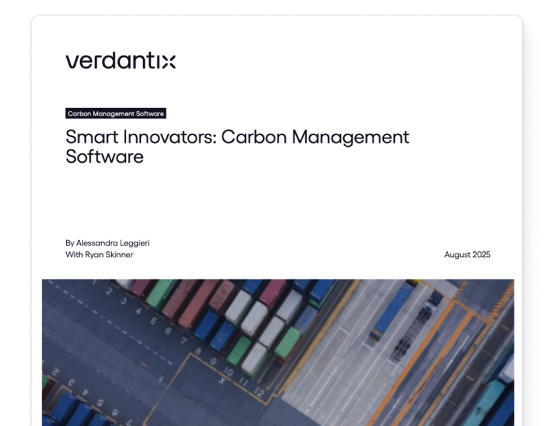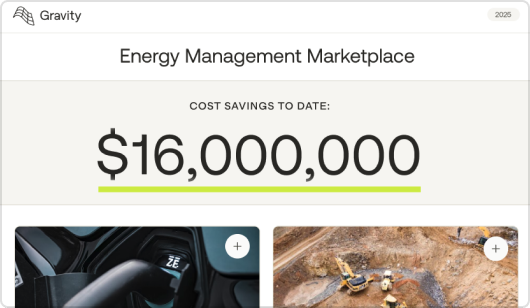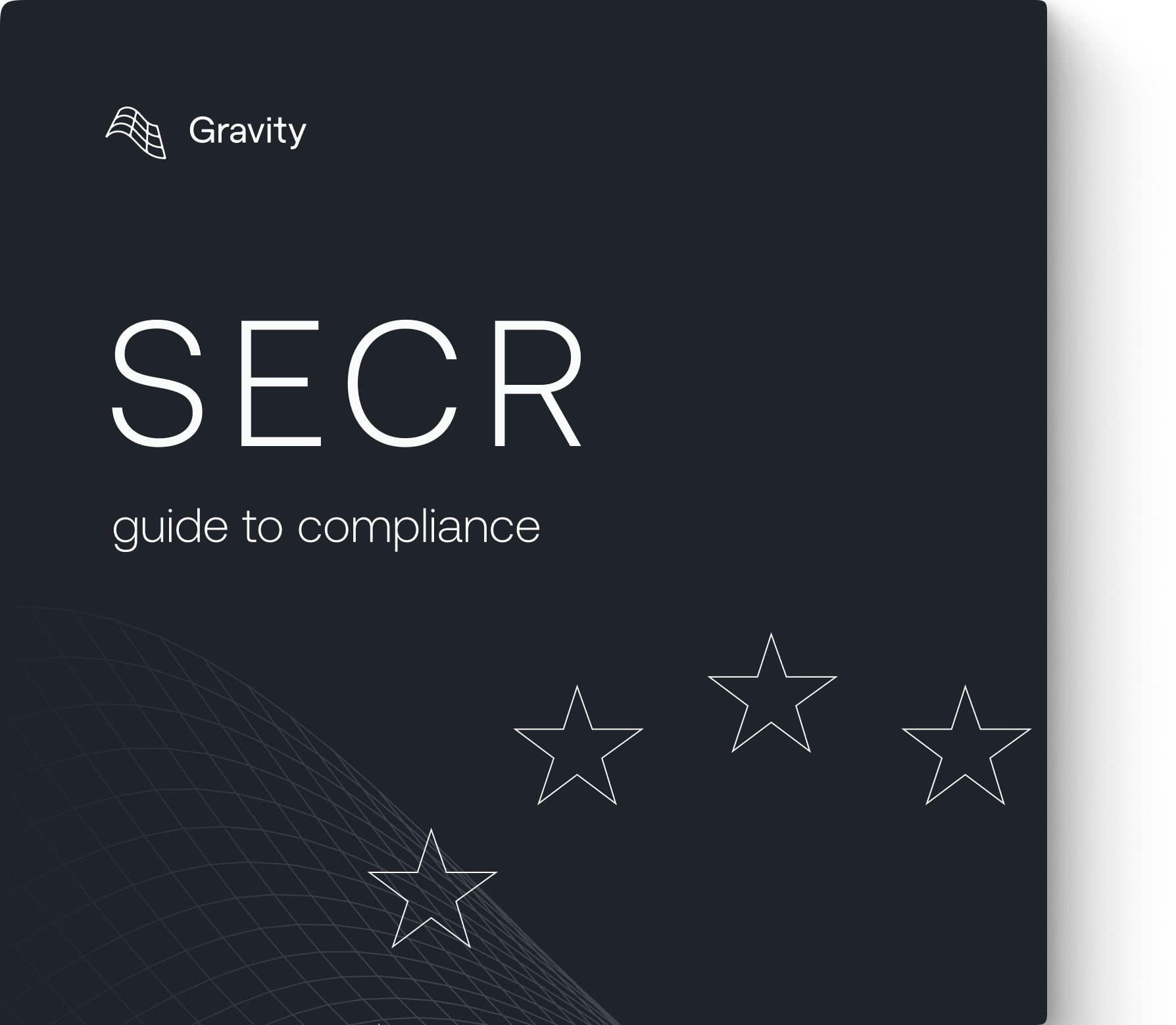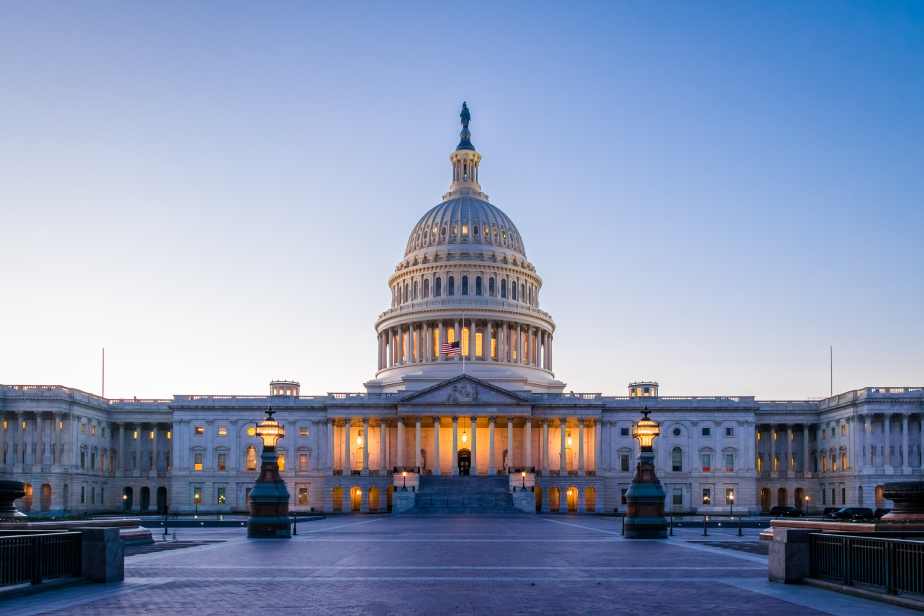See why customers are switching to Gravity
What is the state of greenhouse gas emissions regulations in the United States?
The landscape and interplay of greenhouse gas reporting regulations can be difficult to track.

With several different reporting programs and emissions thresholds in the United States, the landscape and interplay of greenhouse gas reporting regulations can be difficult to track. At the federal level, the Greenhouse Gas Reporting Program (GHGRP) serves as the primary national regulator of emissions data. At the state level, California, Oregon, and Washington have implemented more stringent reporting requirements for in-state companies and facilities.
This post offers a high-level overview of key aspects in the existing mandatory greenhouse gas reporting landscape, as well as potential developments ahead, such as the proposed SEC climate risk disclosure rule. For additional information on the voluntary disclosure landscape, see this post.
The Greenhouse Gas Reporting Program (GHGRP)
The Greenhouse Gas Reporting Program, which is typically referred to as the GHGRP, was established in 2009 by the U.S. Environmental Protection Agency (EPA). This federal emissions reporting program requires high-emitting companies to account for and report on greenhouse gas emissions at the facility level. In 2021, over 8,000 facilities across the United States reported annual emissions via the GHGRP.
Under this mandatory federal emissions reporting program, facilities are required to report if they emit over 25,000 metric tons of greenhouse gases (GHGs) per year. Facilities with less than 25,000 metric tons of emissions per year are not impacted by the GHGRP. The GHGs regulated under the GHGRP umbrella include carbon dioxide (CO2), methane (CH4), nitrous oxide (N20), hydrofluorocarbons (HFCs), perfluorinated compounds (PFCs), sulfur hexafluoride (SF6), and other fluorinated gases.
The GHGRP asks companies to categorize emissions by process, including stationary combustion and electricity generation. The EPA currently requests data from facilities that emit GHGs themselves, facilities involved in the production of fuels that will produce significant emissions when combusted, and sites that inject CO2 into the ground.
According to 2021 GHGRP data, 7,608 facilities across nine industries were required to report direct emissions under the GHGRP requirements. In addition, 966 suppliers of fossil fuels and industrial gases and 87 CO2 injection facilities were required to report. These facilities were supervised by ~3,300 parent companies. Many of these parent companies are household names, such as Exxon Mobil, Waste Management, Koch Industries, and the U.S. Government. The top 5 verticals impacted (listed by highest emissions) are power plants, the oil & gas sector, chemicals sector, refineries sector, and waste sector.
It’s important to note that the Greenhouse Gas Reporting Program (GHGRP) is purely a reporting program and does not impose emissions limits or mandate reductions.

An Overview of State Regulations
Beyond the federal EPA greenhouse gas reporting requirements, multiple states have launched their own mandatory requirements for carbon accounting, measurement, and disclosure, including California, Oregon, Washington, with many more state regulations anticipated in the coming years. Each state has its own emissions threshold for data reporting. For example, companies based in California and Washington are required to report if they emit more than 10,000 metric tons per year, which is over 50% more sensitive than the GHGRP threshold. Based on 2021 data, over 350 California-based facilities reported direct emissions to GHGRP, while more than 800 California facilities reported to CARB.
Oregon has an even lower threshold of 2,500 metric tons, but only certain sectors are required to report. For example, air contamination sources and energy suppliers must report, but GHGRP-regulated industries, such as paper & pulp and electronics manufacturing are excluded.
Many companies end up completing multiple emissions disclosure reports annually if they exceed both in-state and EPA thresholds. The three states with separate emissions reporting standards all have more stringent requirements than the GHGRP, so the number of companies impacted by and reporting to those state regulations is much greater.

Currently, there are no city-specific greenhouse gas reporting requirements, although many municipalities have other forms of emissions reduction targets relevant to specific sectors (such as Local Law 97 in New York City).
Cap-and-trade programs, such as the East Coast’s RGGI, offer both environmental and economic incentives to limit emissions and are sometimes confused with regulatory bodies. While they are not a reporting-based regulatory program, like CARB or GHGRP, they do require facility-level emissions measurement and enforce emissions reduction targets through decarbonization.
Looking Ahead: New Reporting Requirements on the Horizon
In the first half of 2022, the US Security and Exchange Commission (SEC) released proposals for two new rules that would vastly expand the scope of private-sector climate disclosure regulation.
One rule, proposed in March, would require US publicly traded companies and international companies listed on US exchanges to include information on climate-related risks and GHG emissions along with their financial filings. The proposed rule would require Scope 1 and 2 emissions reporting, with audit requirements ramping up over the next couple of years. Scope 3 reporting would only be required in disclosures if they are material or related to a target of the filing company. Public companies would also be required to disclose any specific ESG impact, such as a net-zero plan, that they seek to achieve. The proposed disclosure rule is intended to allow investors to make more educated decisions based on verified ESG and emissions metrics, avoiding confusing situations where company reports are not “apples to apples” across the board. The SEC is expected to finalize the rule before the end of 2022.
Then in May, the SEC proposed another rule that would enact greater enforcement of ESG reporting by requiring further clarity and transparency around ESG marketing and communication norms for investors. This proposal is intended to protect investors by setting a standard for investment advisors and investment companies marketing themselves as “ESG focused,” which includes uniform data requirements.
For public companies, these rules would represent a major shift in the climate-related regulatory landscape – going from zero federally-mandated disclosure requirements for many companies to regulated disclosure of emissions and other information.

Looking Ahead: Proposed EPA and GHGRP Rule Changes
The EPA has also announced proposed rule changes that may result in new data requirements to improve quality and streamline calculation methods, as well as potentially expand the GHGRP to include new categories. This change is intended to increase efficiency and clarity, but may require additional data requests and internal adjustments for GHGRP companies to adhere to the updated standards. Revisions would also include direct air capture as a carbon capture option and add a subpart for an additional geologic sequestration method.
Additionally, President Biden proposed additional methane emissions restrictions at the COP27 United Nations Climate Conference on November 11th, 2022. This supplements the EPA’s earlier November proposal and signals additional regulatory pressures to come.
What's Next?
GHGRP reports are due March 31st of each calendar year. If your company has facilities that exceed the GHGRP threshold, your cumulative 2022 data will be necessary to calculate your emissions. To learn more about how technology can streamline the greenhouse gas reporting process and save your team time and money, reach out to our team. Gravity enables businesses to gain valuable insights necessary to navigate this environment with accuracy and transparency.
Download the report to learn more
VerdantixTM Smart Innovators: Carbon Management Software

Curious about Gravity's Energy Management Marketplace?
Book a demo to learn more

Curious about Gravity's Europe expansion?
Book a demo to learn more
.png)
Ready to get off the merry-go-round?
Book a demo to learn more.

Curious about Gravity's CDP accreditation?
Book a demo to learn more.

California's Carbon Reporting Rule
Watch our webinar to prepare for California's new climate regulation

Curious about these features?
Book a demo to learn more.

Be prepared for SECR
Meet with our team, walk through the steps you'll need to take to report, and start a free trial to see how Gravity can help you report with greater speed and accuracy.

See the platform in action
Watch a short video to see why leaders like WM, TTI, and WAF have chosen to work with Gravity to simplify carbon accounting and drive business impact.

Meet with our team, walk through the steps you'll need to take to report, and start a free trial to see how Gravity can help you report with greater speed and accuracy.

Cut down reporting time by 70%
Request a demo to see these features in action and learn how they can save hours of manpower in your next reporting cycle.
Looking to Uplevel Your Sustainability Programs in 2025?
Reach out for a personalized meeting with our climate experts to find opportunities to save time on regulatory compliance, simplify internal communications, and execute projects that deliver real business impact.
Find energy efficiency projects that deliver value
Learn how to reduce energy costs and emissions.

Be prepared for the CSRD
Get in touch to find out how your company should prepare for the CSRD amidst changes to the regulation.






%20(1).png)